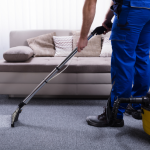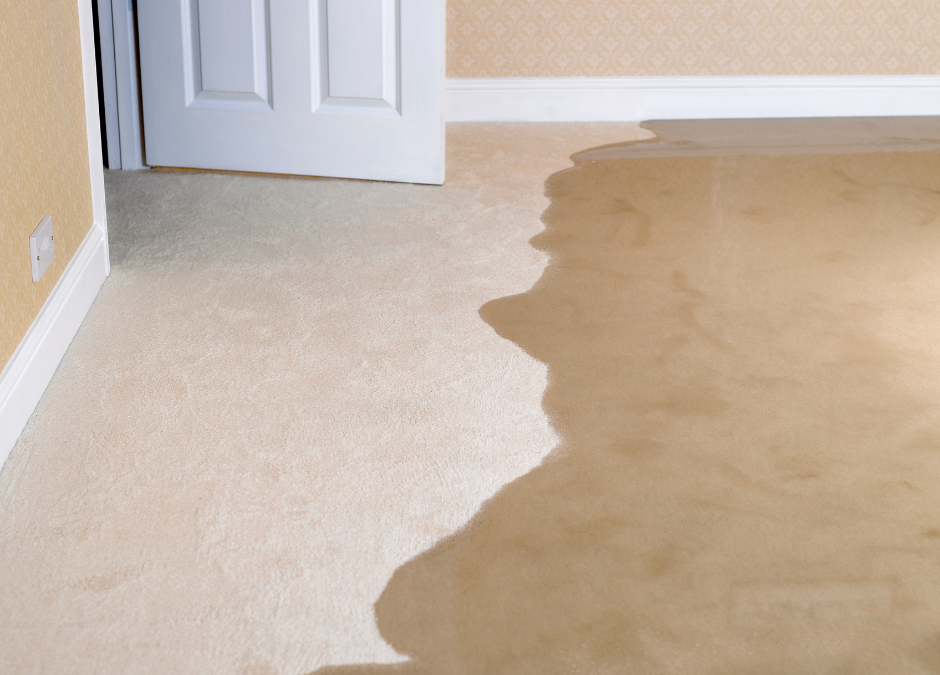
How Does Your Carpet Type Affect Cleaning?
January 14, 2023
What To Look For In A Carpet Vacuum If You Have Allergies
January 28, 2023If you want to stay healthy and protect your family, it’s important to stay on top of areas in the home that can become germ hotspots. From kitchen counters to pets, several surfaces and objects throughout your house may contain bacteria and other germs; understanding their presence can help you better manage their effect on the health of everyone in your home.
In this blog post, we discuss 8 common areas where germs may lurk so that you can upgrade your cleaning routine for a healthier environment for all who live there.
What Are Germs?
Germs are microorganisms that can cause infection and disease. The microorganisms cannot be seen with the naked eye. Although they live and dwell in a dirty environment. There are mainly four types of germs which include Bacteria, Viruses, Fungi, and Protozoa
What Are the Effects Of Germs?
Germs can cause serious health complications in humans and trigger allergies and chronic inflammation. Also, germs are responsible for many infectious diseases like pneumonia, tuberculosis, diphtheria, syphilis, tooth decay, and many more.
Some bacteria cause cellulose degradation, destroying textiles, wooden articles, and canvas. While in humans and animals, it can be fatal as it can lead to illnesses, inflammation, and death. Viruses and diseases can cause many health complications for you and your pet.
8 Common Places You Can Find Germs in The Home.
1. The kitchen
Bacteria and germs dwell in a dirty environment. Researchers have proved that areas where food is stored or prepared have more bacteria and fecal contamination than other places.
Also, the kitchen is said to be the grimiest place. Your kitchen towel, rags, sponge, sink drain, dishwasher, cutting boards, coffee filters, and fridge seals are all vulnerable to contamination. Your kitchen and its items would need to be cleaned frequently. Here are some tips on keeping your kitchen clean.
- Wash your hands: always wash your hands before and after your meals so as not to attract germs.
- Heat-damp sponges in the microwave: sponge are notorious for carrying germs and bacterial
- Wash and Change dish towels: to avoid germs and bacteria from settling into your hand towels, frequently change and wash them.
2. The Bathroom
This might come as a surprise as the bathroom is the last place anyone expects to find germs. Because it is where you scrub dirt and grime off the body, it doesn’t mean that germs cannot linger around.
Germs dwell in areas with moisture making the bathroom a perfect place for germs to grow and multiply. Your shower tub drains, faucets, floor area, toilet, bath towels, and toothbrushes are potential targets for these germs.
Here are a few steps on how to clean your bathroom:
- Wipe surfaces
It is important to clean surfaces and handles with disinfectant daily and do a thorough cleaning at least once a week.
- Clean tight spots
Use old toothbrushes to clean small spaces like around drains and faucets.
3. Laundry room
Another area in the home where germs and bacteria can dwell is in the laundry room. Wet laundry left in a machine can attract germs and bacteria. Germs are attracted to areas with moisture where they can grow and multiply. So it is important to avoid leaving wet clothes and water lying around.
It is necessary to clean the washer drum with a disinfecting wipe when using a shared laundry facility. Alcohol, UV light, and hot water can be used as a disinfectant against bacteria.
4. Living room
Another place in the home where germs can be found is the living area. Because the living room is one of the places in the house with the highest traffic area, you are bound to come in contact with germs one way or the other.
Family members and visitors often share phones, remote control, video game controller tablets, and many more. Making it easy for surface bacteria to spread within the household.
To reduce the spread of germs and bacteria, washing your hands before touching any household objects is important. Make sure to regularly wipe down your devices’ surfaces and always wash your hands before and after meals.
5. Knobs, handles, and switches
Because knobs, handles, and switches are common things in the home we come in contact with, we do not realize how easy it is for germs to spread. We tend to underestimate the risk of getting germs and bacteria from all these items, but it is one of the common objects in the home to be touched. You are bound to come in contact with bathroom light switches, refrigerator handles, stove knobs, and microwave handles with a dirty hand.
To reduce the spread of germs, clean off all these spots regularly to maintain a healthy and hygienic environment.
6. Personal items
This is another way you can bring germs from outside into your household. It is important to understand the risk of contracting germs when you go out into the public and use public equipment.
There is every possibility that what you picked up outside would spread into personal items like car keys, phones, wallets, money, lunch boxes, and many more. To prevent germs from spreading, wipe down personal items with disinfectant and remember to wash your hand regularly, especially after using public items.
7. Pet
The easiest way for germs and bacteria to spread in the home is through pets, especially if they go outside. Pets like dogs and cats tend to go outside and bring into the house grime filled with bacteria and contamination.
8. Wastebasket
Your waste bin can harbor germs from the items you discard, from waste food to other waste products. Germs are drawn to decayed food, making the waste bin easy access to germs and bacteria. Depending on where you put your waste bin, you are prone to get germs if you keep your trash in the house.
You don’t need to allow your trash to fill up before you take it out. Tamp down germs by using a plastic liner.
Conclusion
By doing one thing a day to help keep germs out of our homes, we can maintain a more germ-free environment and a healthier living space. Check into the crevices often overlooked, like baseboards, vents, and behind furniture. Additionally, it pays to use products such as vacuums that offer HEPA filters, which help trap germs and bacteria. Cleaning surfaces with an appropriate combination of water and cleaning agents can maintain cleanliness.
Organizations like Premier Carpet Cleaning provide deep cleaning services to ensure your home is free from germs and dirt. Our team of professionals uses safe products for you and your home but are also really effective at eliminating unseen pests like germs. We’re here to ensure clearing those stubborn germs from your carpets or upholstery is no hassle. Contact us today at 2507585177 to get started.

